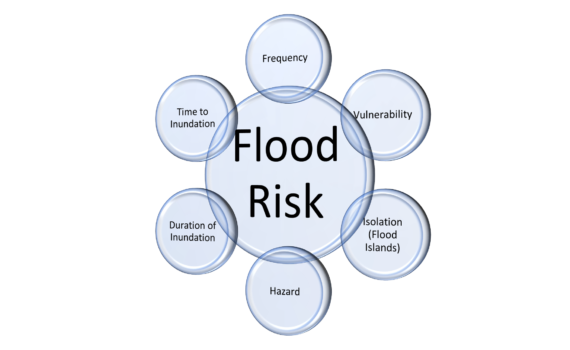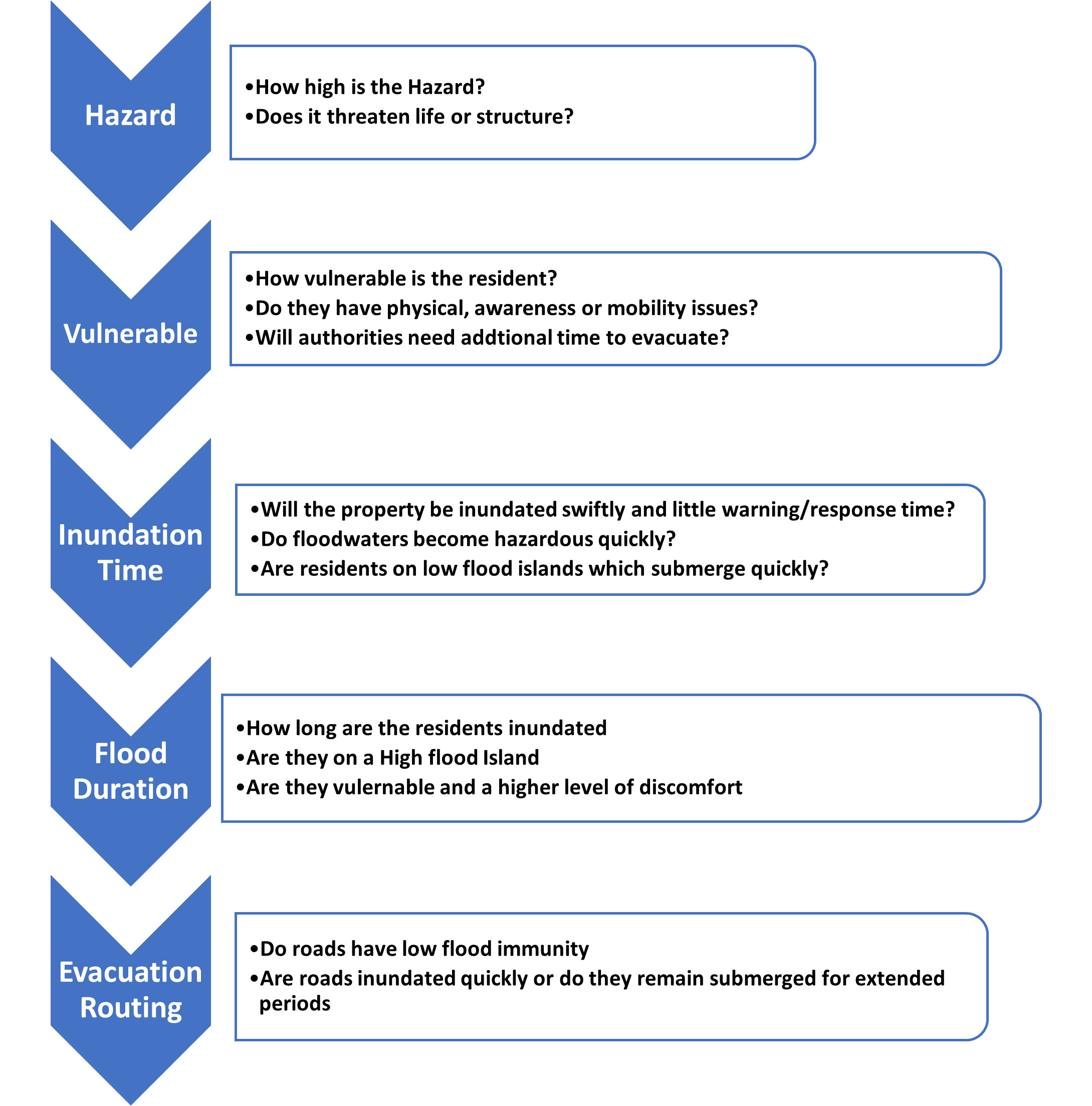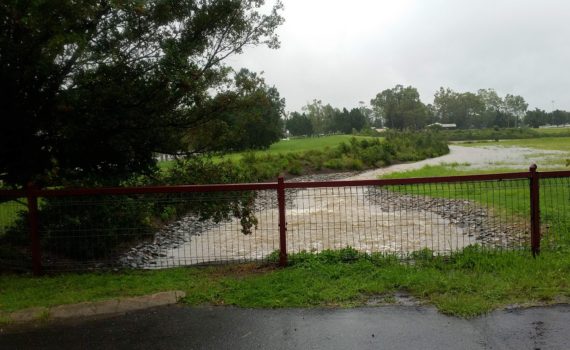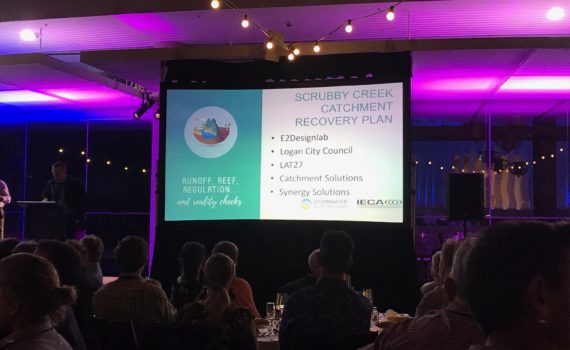Flood Risk Evolution
Category : Floodplain Management
Flood risk assessment and management is evolving throughout latest contemporary floodplain management plans that we have been involved on delivering in QLD. Throughout the process of several recent major projects, the Brisbane River Strategic Management Plan has established some form of consistency to be applied across multiple catchments. The latest Council local floodplain management plans (across entire jurisdictions) have gone to the next level in latest thinking and application.
As part of this, flood risk and how it is defined and captured has also changed. Not only has it changed, but it is now being captured in a way through analysis that enables contemporary approaches to management measures such as evacuation and flood resilient building materials (but to name a few)
As we all know, flood risk previously was defined as a single line on a map, evolving to understanding hazard in the mix and now a multitude of parameters are used to define holistic flood risk.
In the near future, we will highlight areas in how this information can be used in different areas of floodplain management. The future is exciting in the FM space, and we are thrilled to be leading the charge in a new line of thinking.






